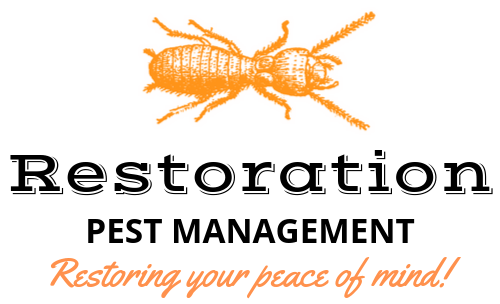Why Do Ants Come in the House?
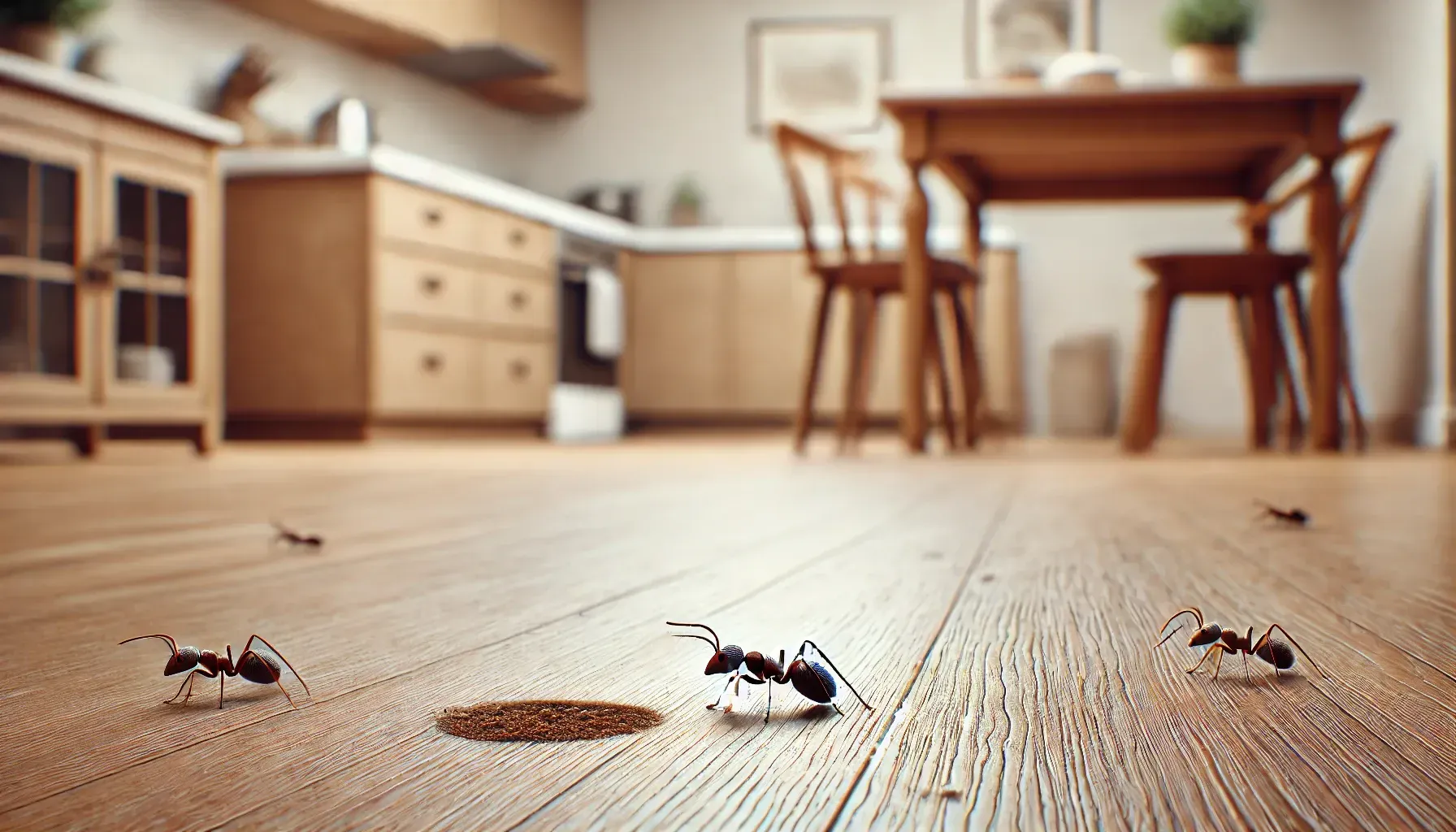
Ants are some of the most persistent and common household pests, often appearing in kitchens, bathrooms, and even bedrooms. If you've ever wondered why ants suddenly invade your home, the answer lies in their search for food, water, and shelter. Understanding the reasons behind ant infestations can help you take the right steps to prevent them. If you're dealing with an ant infestation in Columbus, Ohio, Restoration Pest Management offers expert pest control solutions to keep your home ant-free year-round.
Food Sources Attract Ants
Ants are constantly foraging for food, and even the tiniest crumbs or spills can attract them. Sugary foods, proteins, and greasy residues are particularly appealing to these pests. If food is left out, trash is not sealed properly, or countertops are not wiped down regularly, ants will detect these food sources and create trails leading straight to them. Additionally, pet food left in bowls or uncleaned spills from beverages can further entice ants into your home. They have an incredible sense of smell and can detect food sources from a significant distance, making it crucial to maintain cleanliness in your kitchen and dining areas.
Water is Essential for Ant Survival
Just like any living creature, ants need water to survive. Leaky pipes, dripping faucets, or condensation around sinks and tubs can provide the moisture they need. This is why you may often find ants in bathrooms or kitchens, especially during dry weather when natural water sources outside are scarce. Some ant species, like Odorous House ants and Carpenter Ants are particularly drawn to moisture-rich environments and can establish colonies near water sources. Even small amounts of standing water, such as in potted plant trays or pet water dishes, can attract ants. By eliminating excess moisture, you can reduce the chances of infestation.
Seeking Shelter from the Elements
Ants will often enter homes seeking refuge from extreme weather conditions. Heavy rain can flood their nests, while hot and dry conditions can drive them indoors in search of a more stable environment. Cracks in walls, gaps around windows and doors, and unsealed utility openings provide easy entry points for ants looking for shelter. In colder months, some ants may even seek warmth inside walls or under flooring. Understanding seasonal patterns can help homeowners anticipate and prevent infestations before they occur.
Scent Trails Lead the Way
Once an ant discovers a reliable food or water source in your home, it will leave behind a pheromone trail that signals other ants to follow. This is why a few ants can quickly turn into a full-blown infestation. The more accessible the resources, the more ants will continue to return. These pheromone trails are highly effective and can persist even after the initial food source is removed. It is important to seek professional ant treatment to ensure proper non repellent chemicals are used to allow the ants to go through the chemical and track it back to the colony.
Nearby Colonies and Nesting Sites
If you notice a frequent ant presence in your home, there may be a colony nesting nearby. Some species, like Carpenter Ants, may even establish nests inside your walls, wooden furniture, or insulation. These ants can cause structural damage over time, making early detection and intervention crucial. Outdoor colonies in soil, under logs, or in mulch can also contribute to indoor infestations, as worker ants search for resources. Regularly inspecting both indoor and outdoor spaces can help you identify potential problem areas before they escalate.
How to Prevent Ants from Invading Your Home
To keep ants from making themselves at home, consider these preventive measures:
● Keep food sealed and stored properly – Avoid leaving food out and wipe up crumbs and spills immediately. Store dry goods in airtight containers and regularly clean pantry shelves.
● Clean up regularly – Maintain a clean kitchen and take out the trash frequently. Sweep floors and vacuum carpets to remove food particles that might attract ants.
● Eliminate water sources – Fix leaks, remove standing water, and ensure proper ventilation to reduce moisture. Pay special attention to areas under sinks, around appliances, and near air conditioning units.
● Seal entry points – Use caulk to seal cracks, install door sweeps, and repair damaged screens. Checking window frames, utility pipe entry points, and foundation gaps can further help in preventing access.
● Address outdoor nests – Regularly inspect your home’s perimeter and remove potential nesting sites. Keep shrubs and plants trimmed away from the house, as branches can serve as bridges for ants to enter.
Looking for the best way to get rid of ants in Columbus, Ohio? Restoration Pest Management offers customized treatments to keep ants out of your home for good. Our experienced team uses reliable and efficient methods to keep your home ant-free year-round. Contact us today for a consultation and take the first step toward a pest-free home!
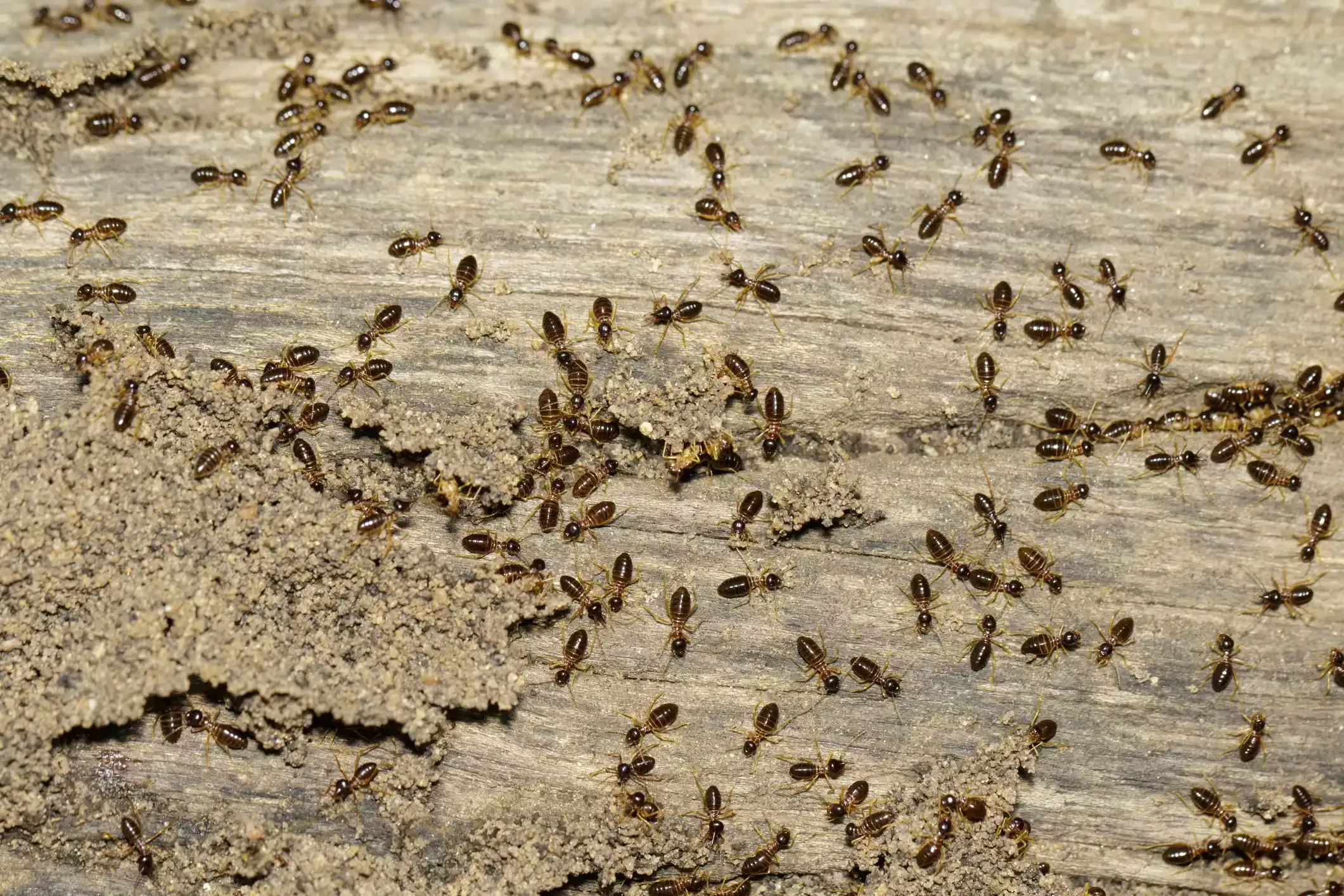
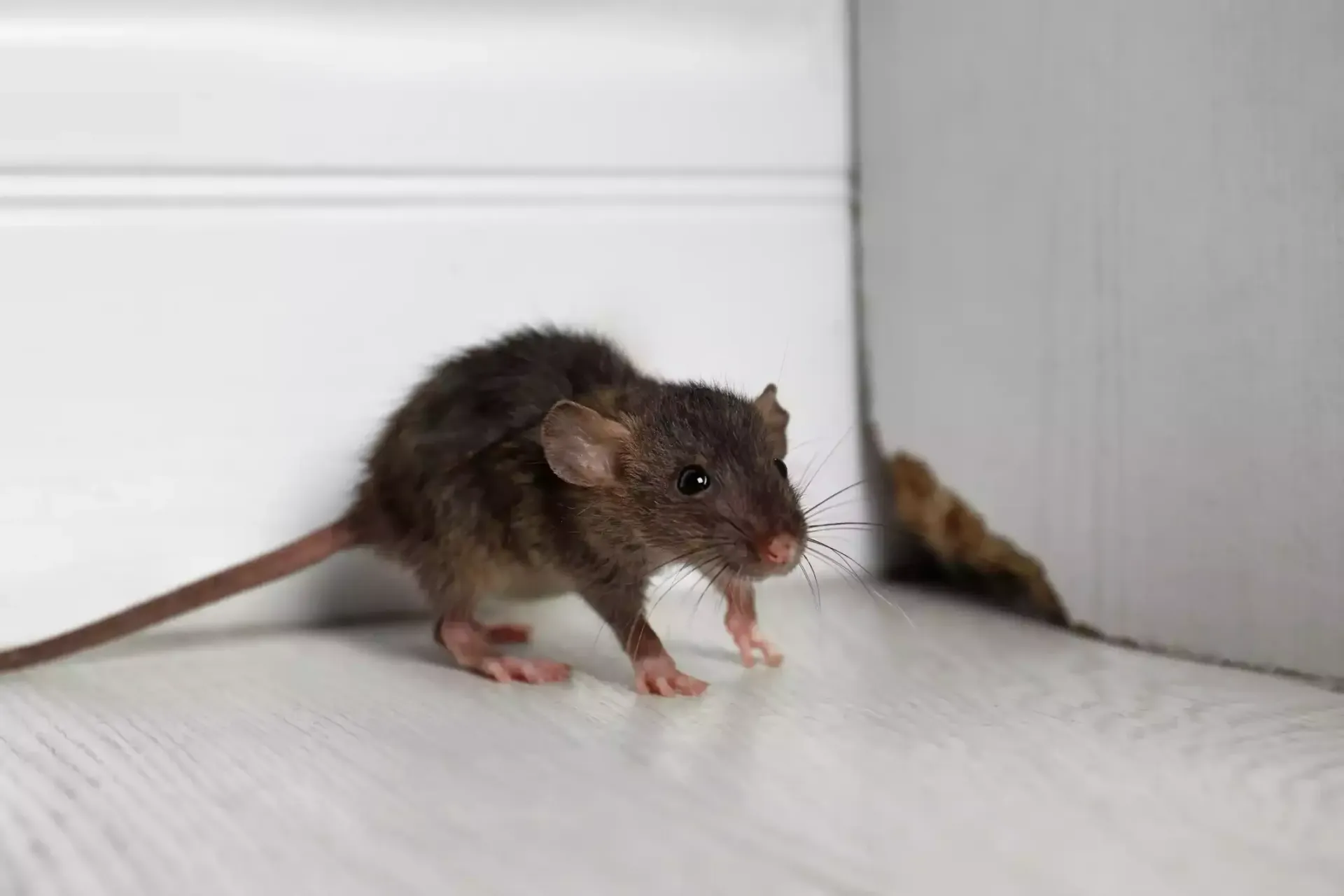
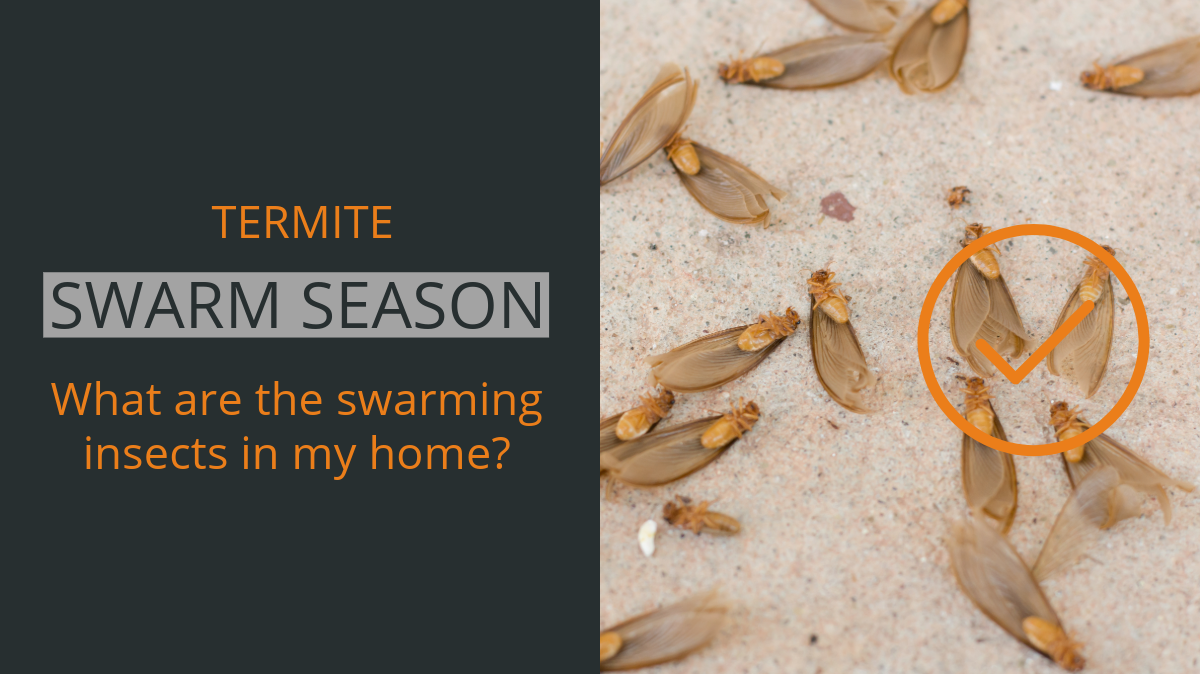

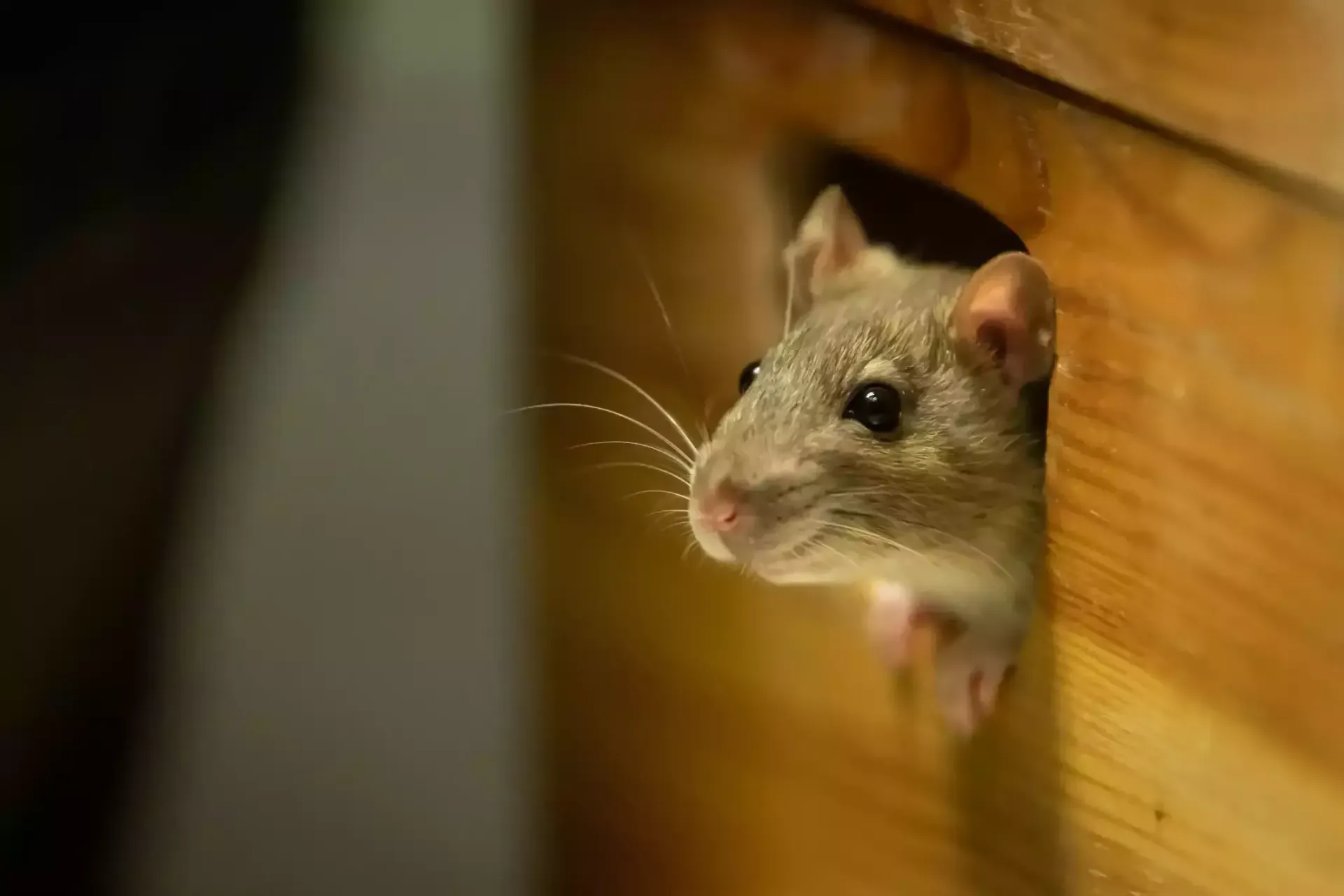

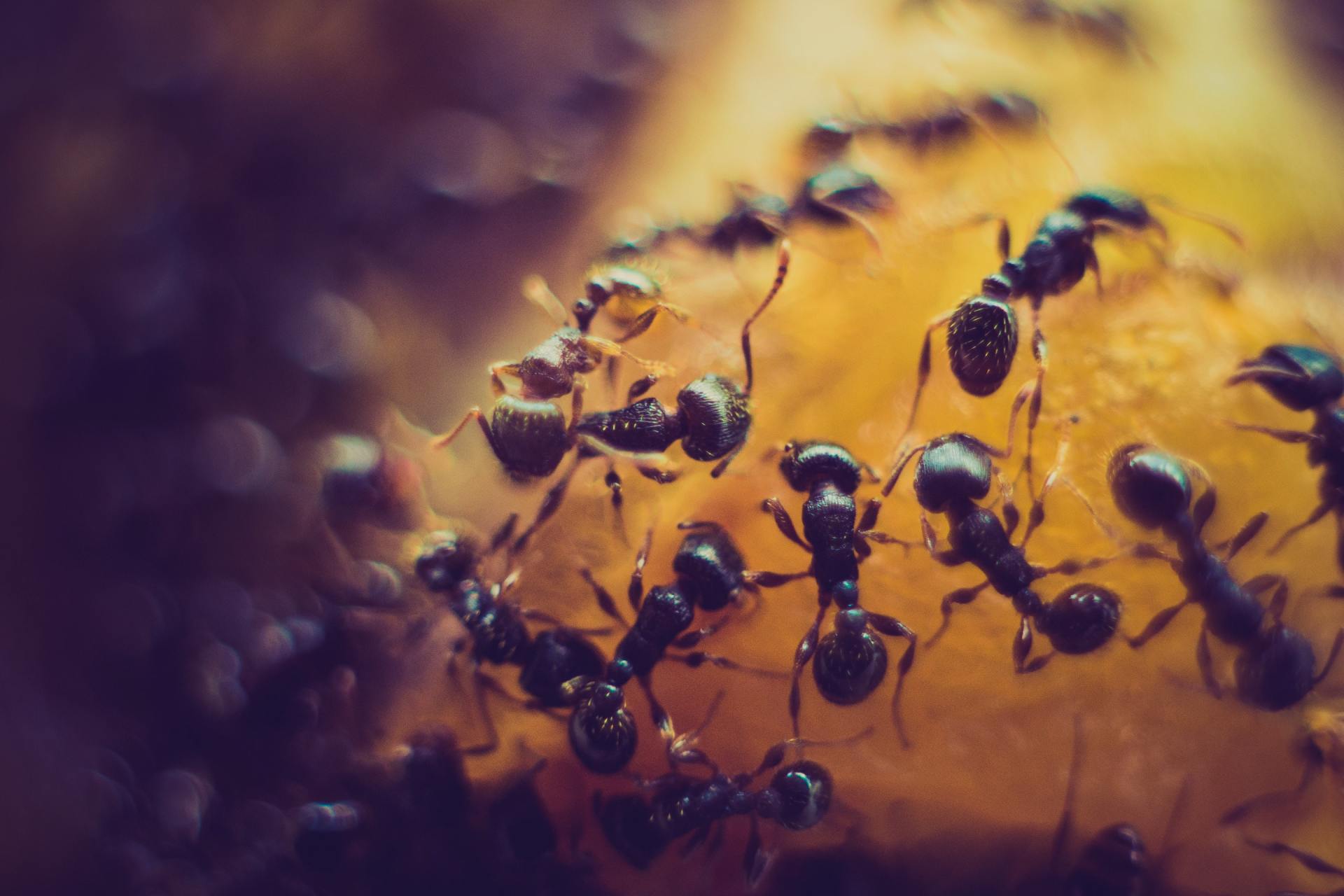
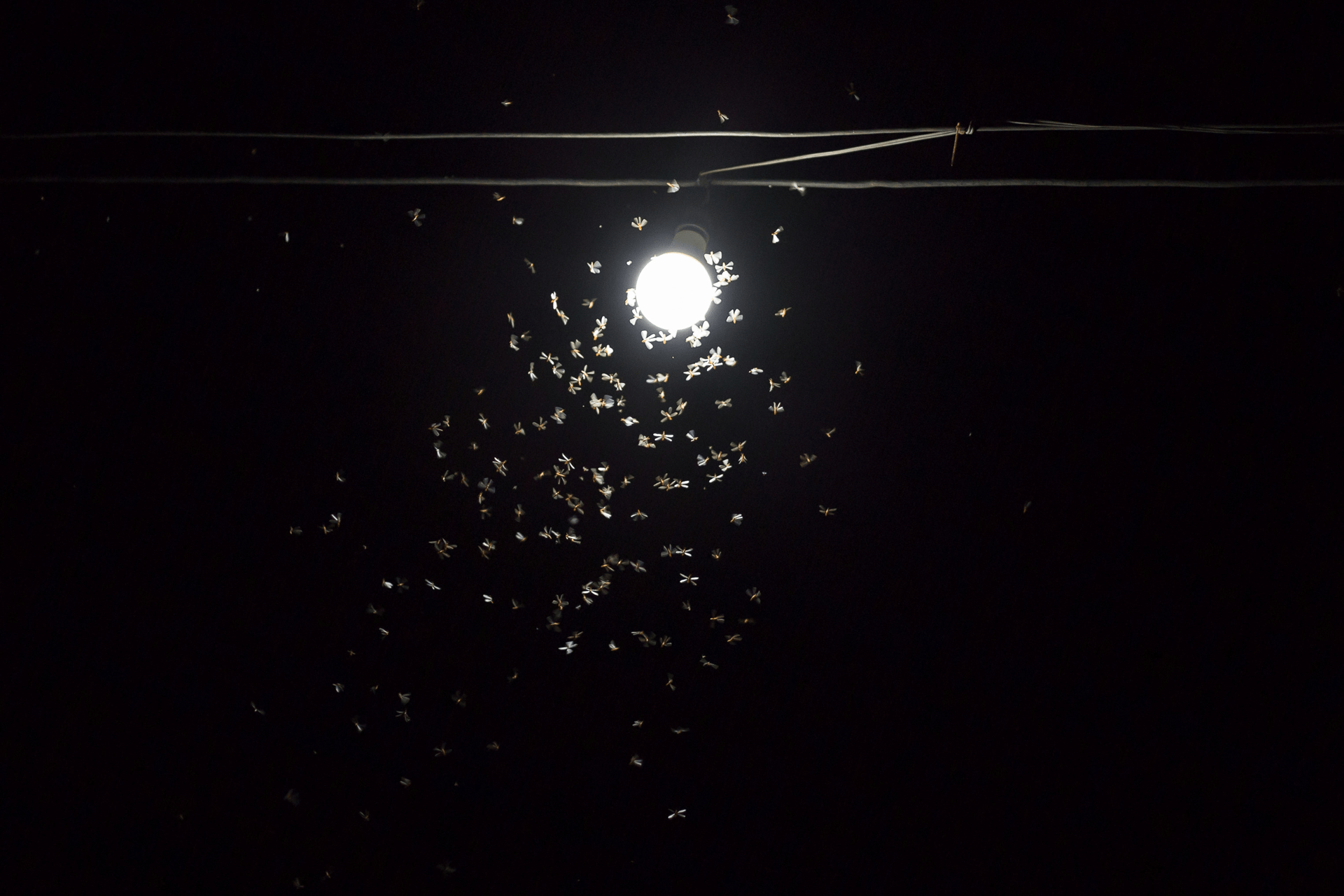


Servicing the greater Central Ohio Area (Franklin, Delaware, Knox and Morrow Counties) including Columbus and surrounding suburbs of Westerville, Worthington, Dublin, Clintonville, Upper Arlington, Delaware, Reynoldsburg, Powell, Lewis Center, Hilliard, Gahanna, New Albany, Pataskala, Kilbourne, Ashley, Sunbury, Galena, Centerburg, Marengo, Fredericktown, Mt. Gilead, Chesterville, Bellville, Williamsport, Lexington, Mt. Vernon, Mansfield.
